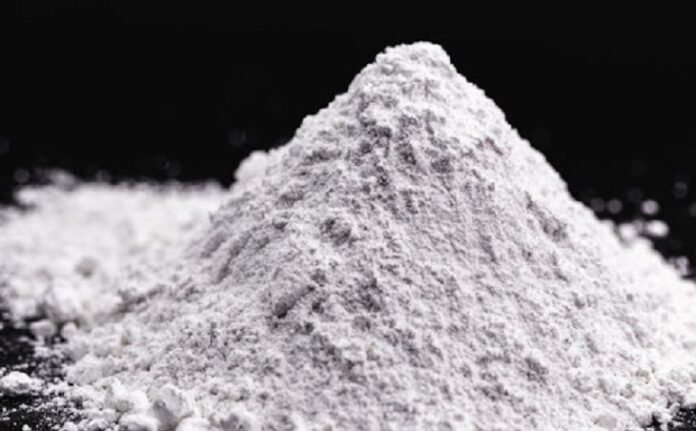Activated calcium carbonate plays a significant role in various industrial manufacturing processes. Its unique properties make it a valuable material for many industries, from construction to plastics. Understanding why it is used in manufacturing can help highlight its importance in modern production.
What is Activated Calcium Carbonate?
Activated calcium carbonate is a refined form of calcium carbonate that has been processed to enhance its surface area and reactivity. It is commonly used in its powder form and is created by fine-tuning natural limestone. The activation process increases the material’s effectiveness in a variety of industrial applications, making it more versatile and efficient for manufacturing purposes.
Benefits in Construction and Building Materials
One of the primary uses of activated calcium carbonate is in the production of construction materials. It is widely utilized in the manufacture of cement, where it helps to improve the material’s strength and durability. The finely ground powder can also act as a filler in concrete, helping to reduce the overall cost of construction while maintaining the quality of the materials. By enhancing the properties of these materials, industries can produce stronger, more reliable building components.
In addition, activated calcium carbonate is often used in the production of paints and coatings. Its white color and ability to act as a filler and extender make it a useful additive in paints. It helps achieve the desired consistency and finish while also improving the durability of the paint when applied to surfaces.
Role in Plastics and Rubber Manufacturing
Activated calcium carbonate also finds extensive use in the plastics and rubber industries. In plastics manufacturing, it serves as a filler that enhances the overall properties of the material. By improving the plastic’s strength and flexibility, activated calcium carbonate helps to lower production costs without compromising quality. It can also help reduce the overall weight of the product, which is crucial in industries that focus on lightweight components, such as automotive manufacturing.
Similarly, in rubber production, it helps to improve the processing of rubber compounds. It works as a reinforcing agent, improving the hardness, elasticity, and tensile strength of rubber products. Industries that produce tires, seals, and other rubber goods rely on activated calcium carbonate to achieve the desired material properties.
Use in Paper and Pulp Industries
The paper and pulp industry is another significant sector that benefits from the use of activated calcium carbonate. It is used as a filler in paper production to enhance brightness, opacity, and smoothness. By improving the quality of the paper, it helps manufacturers produce products that meet the specific requirements of customers. The addition of activated calcium carbonate can also make paper more cost-effective, as it reduces the need for more expensive raw materials.
Moreover, this material is used to improve the performance of paper coatings. It enhances the smoothness and printability of coated paper, making it ideal for high-quality printed materials such as magazines, brochures, and packaging.
Contribution to Environmental Sustainability
Another reason why industries use activated calcium carbonate is its positive impact on sustainability. Its widespread use as a filler material in various manufacturing processes helps reduce the consumption of more expensive or less sustainable raw materials. Additionally, its production process generates fewer emissions compared to other industrial fillers, making it a more environmentally friendly choice. This contributes to industries’ efforts to minimize their carbon footprints and comply with environmental regulations.
In conclusion, activated calcium carbonate is an essential material in modern manufacturing. Its versatility, cost-effectiveness, and ability to enhance the properties of various products make it an invaluable resource for industries such as construction, plastics, paper, and rubber. By improving material strength, durability, and performance, it supports the development of high-quality products while contributing to sustainability efforts in the industrial sector.



